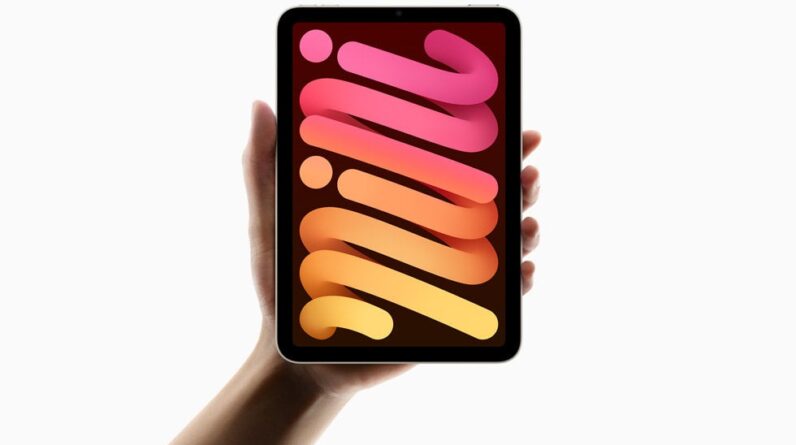

OPINION: The iPad mini didn’t need a revolution or reinvention. So what’s wrong with just upgrading the components for a better experience all round?
Apple quietly updated the iPad mini for the first time in three years. It’s a modest update, but the lack of fanfare emanating from Cupertino on Tuesday morning suggested nothing else. This product did not need a grand keynote launch and didn’t get one.
But there’s still plenty to like. There’s a better A17 Pro chip that’ll enable Apple Intelligence by delivering performance in line with the iPhone 15 Pro series. There’s faster and more reliable connectivity with a Wi-Fi 6E modem, more base storage for the same price (128GB over 64GB), and better compatibility with a key accessory. Barring a couple of new colour options, everything else remained the same.
There’s an almost identical design (aside from a magnetic strip for attaching an Apple Pencil Pro), same 8.3-inch Liquid Retina display, same 12-megapixel rear camera, same advertised battery life. And that’s perfectly fine. What we have now is like what existed before, only better.
Apple effectively said: “Hey guys, FYI, the iPad mini we’ve been selling for ages has been upgraded and can now do this!”
Apple let people know it existed, told them what had been updated and then told them when it could be bought for how much. Perfectly normal behaviour, right?
Tell that to the masses online who felt affronted Apple would offer such a limited update to the series, which apparently required a bold reimagining. What some folks fail to realise is a product like the iPad mini doesn’t need to be in a constant stage of upheaval. Until Apple leans in on a foldable iPad, there just needs to be the most capable iPad mini possible, regularly refitted with modern components.
For now, the form factors are set.
In general, people will look at factors like the price, display size, battery life and the broad capabilities. They know what they intend to use an iPad for, they’ll decide which model can accomplish this and look at which model they can afford. In most cases, they’ll choose from the crop of currently available iPads, hit “buy” and move on with their lives.
It might be the standard iPad with lineage dating back to the OG to replace one that’s gone kaput or is now incompatible with iPadOS 18. For those with cash to burn and a need for power and bleeding edge premium design, it’ll be the iPad Pro. For others seeking the sleekest form factor, it’s the iPad Air.
What Apple is effectively done today is ensure that, for people who land on the iPad mini in that decision making process, they have a tablet that will serve them better in the long term and for the same price as before.
There aren’t that many folks who’d be more inclined to buy an iPad mini if it had, say, a 120Hz LTPO display, faster clock speeds in benchmarking tests, a new Camera Control button, or a Dynamic Island in the display instead of wide bezels to accomodate Face ID.
The iPad mini serves a specific set of people who value the portability, good battery life, reliable and familiar software, and capable performance for casual gaming. This’ll do way more, by the way. You’ll be able to play AAA Resident Evil and Assassin’s Creed games with an A17 Pro chip doing the heavy lifting
Cynics will say this update is only being introduced now so Apple can shoehorn Apple Intelligence into more iPads at a sub-M Series chip level. But so what? As great as my distaste remains for generative AI, Apple is staking the future of it’s mobile division on being able to keep pace with rivals who are all-in on this. So why wouldn’t it get Apple Intelligence onto an iPad mini when the next hardware update could be 2-3 years?
Sometimes, it’s just ok for a tech company to refit an existing product without reinventing the wheel, especially if the company isn’t trying to convince us otherwise. In the main, Apple’s MacBook category has been doing precisely this for years and no-one bats an eyelid.
This constant thirst for reinvention is tiresome. It’s wasteful and unnecessary; especially for a product that will be used overwhelmingly to make FaceTime calls, play casual games, stream Netflix, send emails, and browse/shop on the web. The iPad mini could already do all this; now it’ll do everything just a little bit faster and a little bit better. And that’s perfectly fine.






